
Harold and Maude is a cult classic film directed by Hal Ashby in 1971. The film, featuring slapstick, dark humour, and existentialist drama, revolves around the exploits of a morbid young man – Harold (played by Bud Cort) – who drifts away from the life that his detached mother prescribes for him, as he develops a relationship with septuagenarian Maude (played by Ruth Gordon).
The film is number 45 on the American Film Institute's list of 100 Funniest Movies of all time, number 69 in its list for most romantic, and number 42 on Bravo's 100 Funniest Movies. In 1997, it was selected for preservation in the National Film Registry of the Library of Congress as being deemed "culturally, historically, or aesthetically significant".
The film was a commercial failure when it was released, and the critical reception was extremely mixed; however, it has since developed a large cult following.
The screenplay upon which the film was based was written by Colin Higgins, and published as a novel in 1971. The movie was shot in the San Francisco Bay Area. Harold and Maude was also a play on Broadway for some time. A French adaptation for television, translated and written by Jean-Claude Carrière, appeared in 1978. It was adapted for the stage and performed in Québec, starring Roy Dupuis.
Hal Ashby, the director of the film, shared certain ideals with the era's youth culture, and in this film he contrasts the doomed outlook of the alienated youth of the time with the hard-won optimism of those who endured the horrors of the early 20th century, contrasting nihilism with purpose. Maude's past is revealed in a glimpse of the concentration camp ID number tattooed on her arm.
Harold is part of a society in which he has no personal importance; and existentially, therefore, he is without meaning. Maude, however, has survived and lives a life rich with meaning. It is in this existential crisis, shown against the backdrop of the Vietnam War, that we see the differences between one culture, personified by Harold, handling a meaningless war, while another has experienced and lived beyond another war that produced a crisis of meaning, the Holocaust.
Suicide attempts
Harold tells Maude when they are talking candidly at her home the reasons he fakes his death so often. Once, when he was at boarding school, he set his science lab on fire. Escaping the fire, Harold slid down the laundry chute and left to hide at home. When the authorities came, Harold couldn’t be found. Believed to be dead, the police come to the Chasens' home and told Mrs. Chasen that Harold was dead. Coming up from the back balcony, Harold watched as his mother fell over in grief for the police officers. Harold tells Maude, “I decided then I enjoyed being dead.”
Throughout the movie, Harold “kills” himself a total of eight times. He tells his psychologist that he has done similar attempts approximately 15 times.
1. Hanging himself in opening scene: Harold hangs himself while his mother is on the phone in the opening scene, in which she barely blinks twice.
2. Slitting his throat in his mother’s bathroom: after this act, we see Harold seeing a psychiatrist.
3. Floating dead in pool: Harold floats face down, fully clothed, as his mother swims laps around him.
4. Shooting towards his head: Harold initially points a gun at his mother and then shoots close to his head as his mother is reading off the questionnaire for his dating service.
5. Fire: For the first blind date, Harold pretends to set himself on fire, scaring away his date.
6. Hand chopping: The second blind dates ends abruptly with Harold chopping off a fake hand.
7. Romeo scene: For the final date, Harold stabs himself with a fake hari-kari sword. Instead of this date running off as the others have, Sunshine Doré instead lies down beside him and “dies” with him.
8. Car: Harold sends his Jaguar/hearse off a cliff. From the initial scene, the audience may believe Harold was stricken with enough grief from Maude’s death to kill himself. However, the camera pans up to the cliff to show Harold playing Maude's banjo and dancing away casually.
This film was one of Peter Sellers' favourite movies, so much so that he sort out Hal Ashby to direct him in Being There.



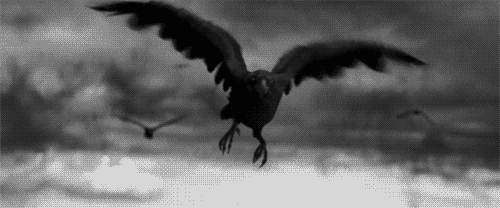
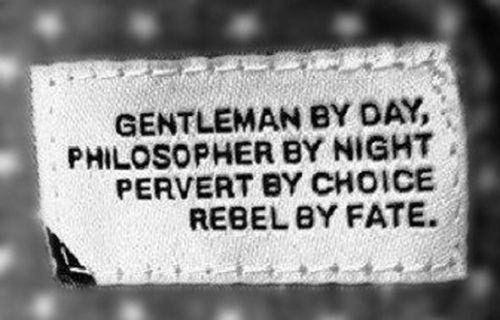

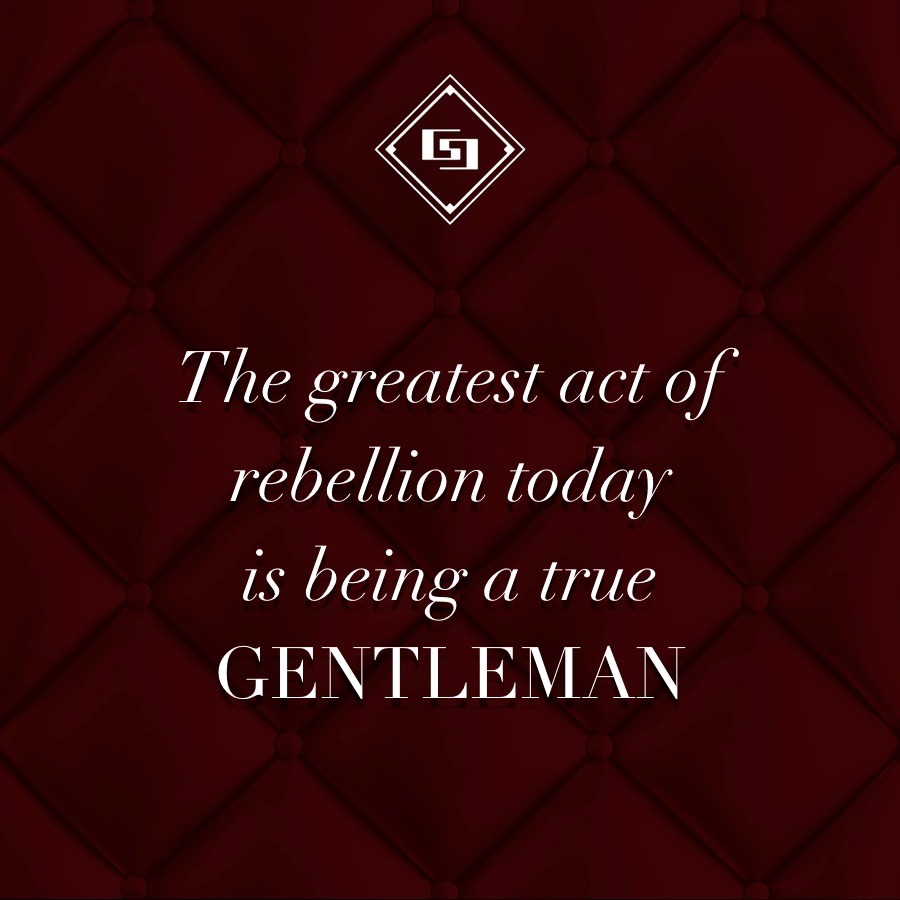

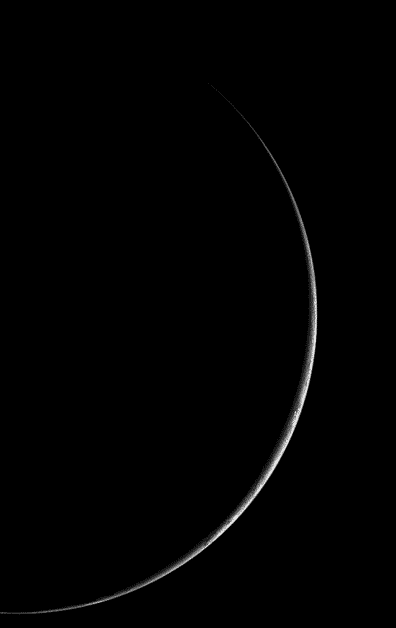








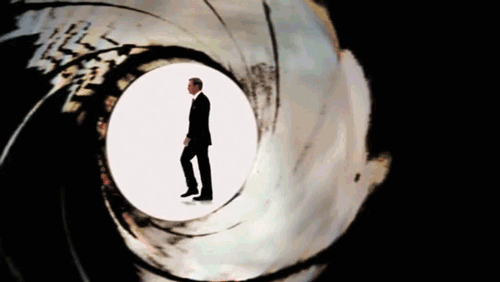


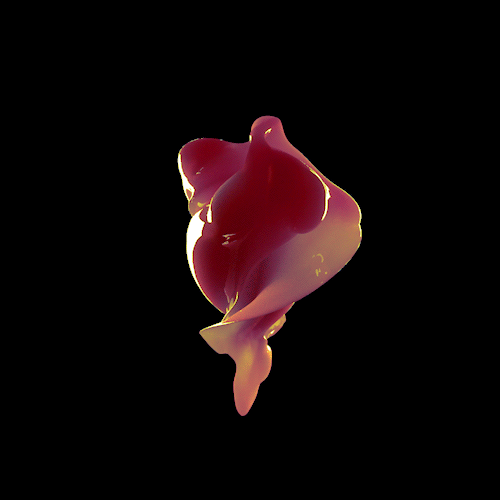


No comments:
Post a Comment